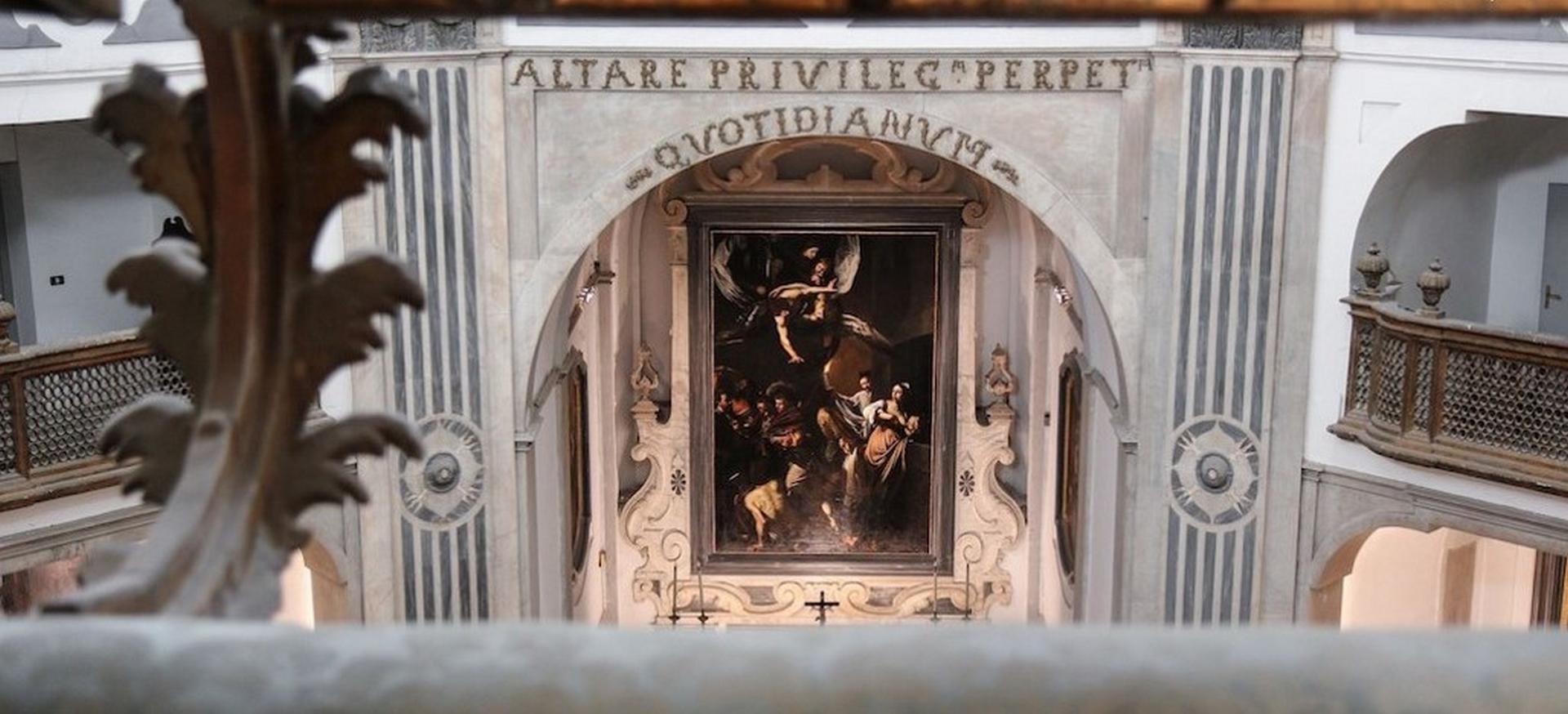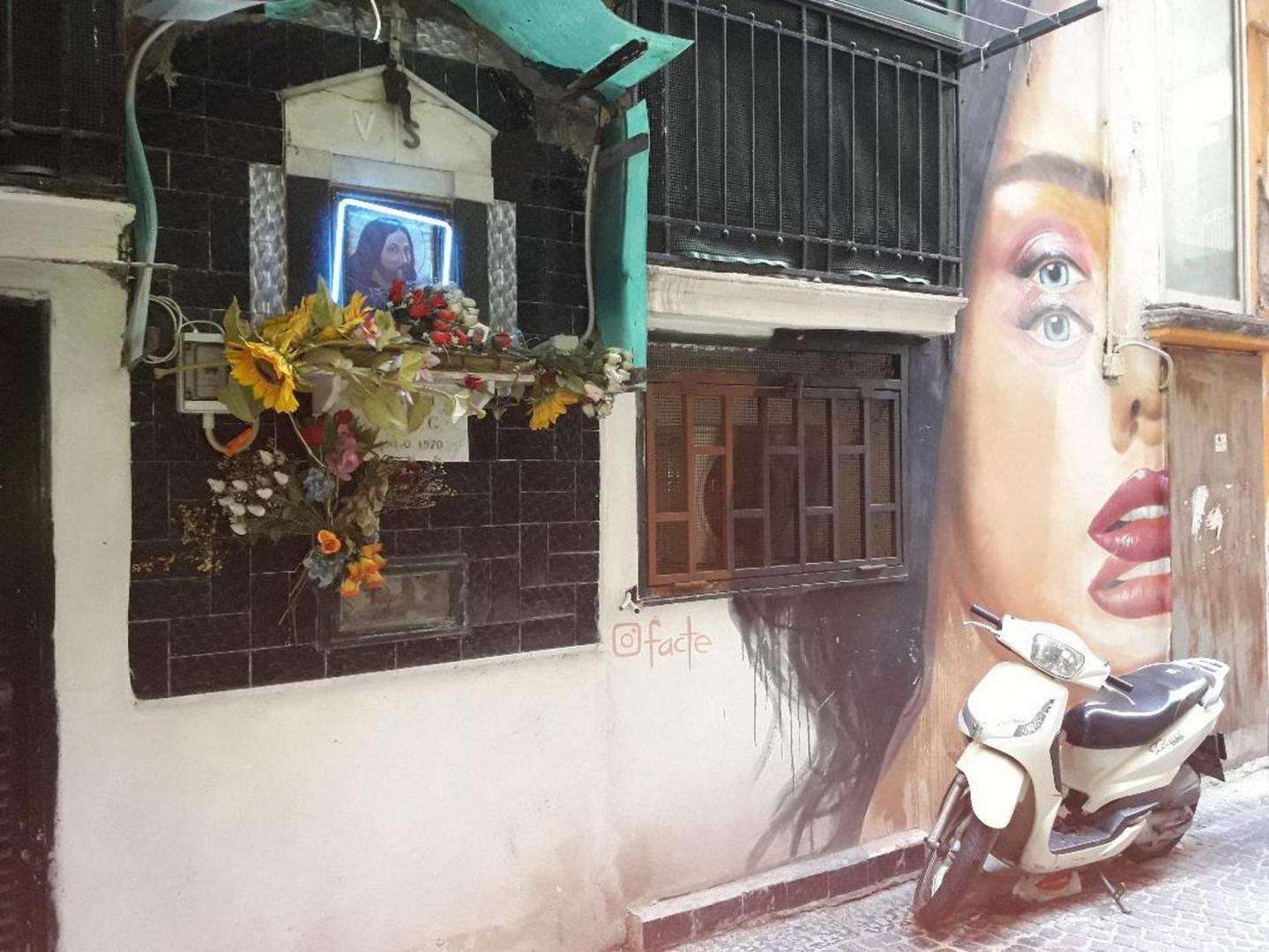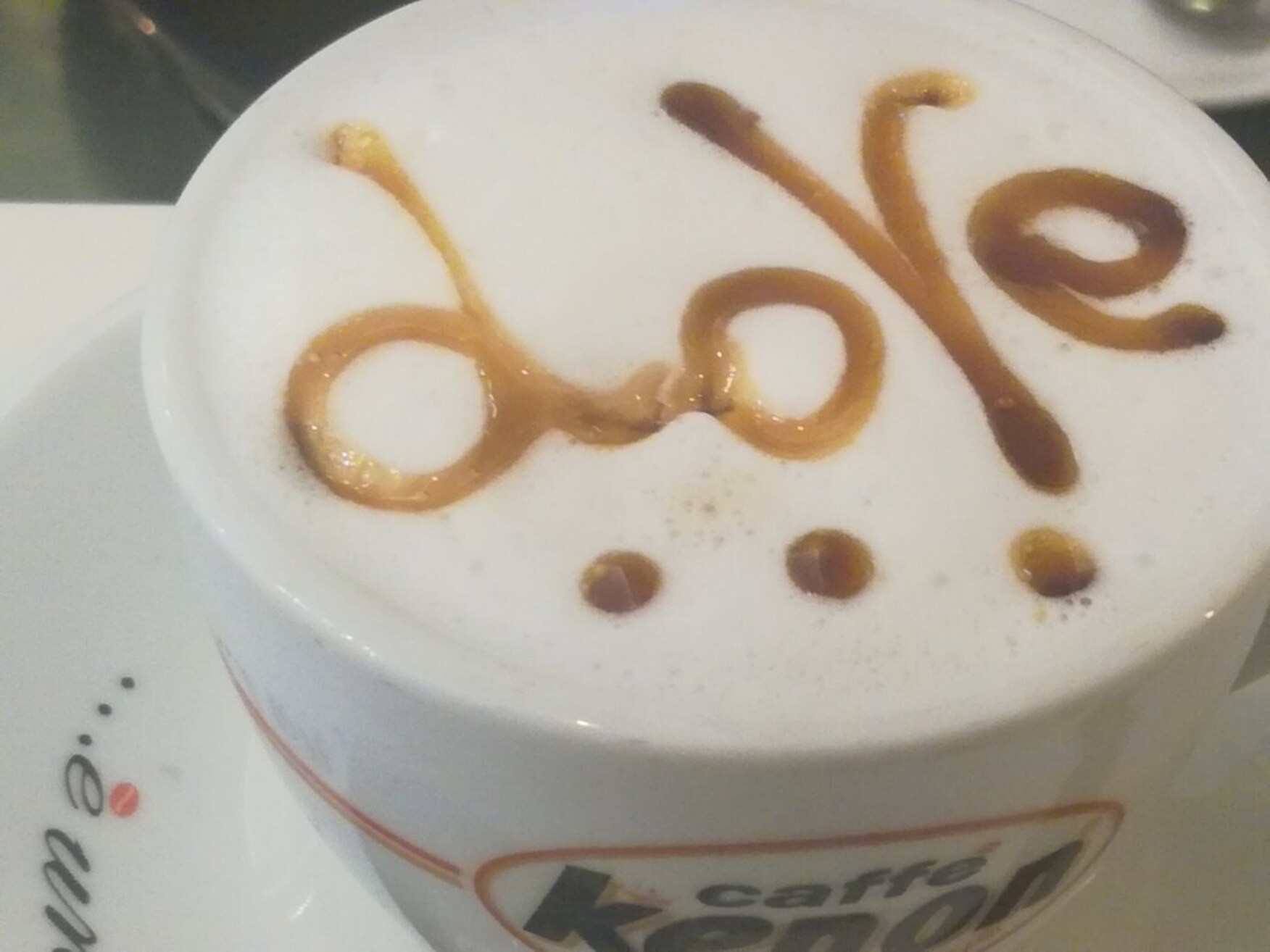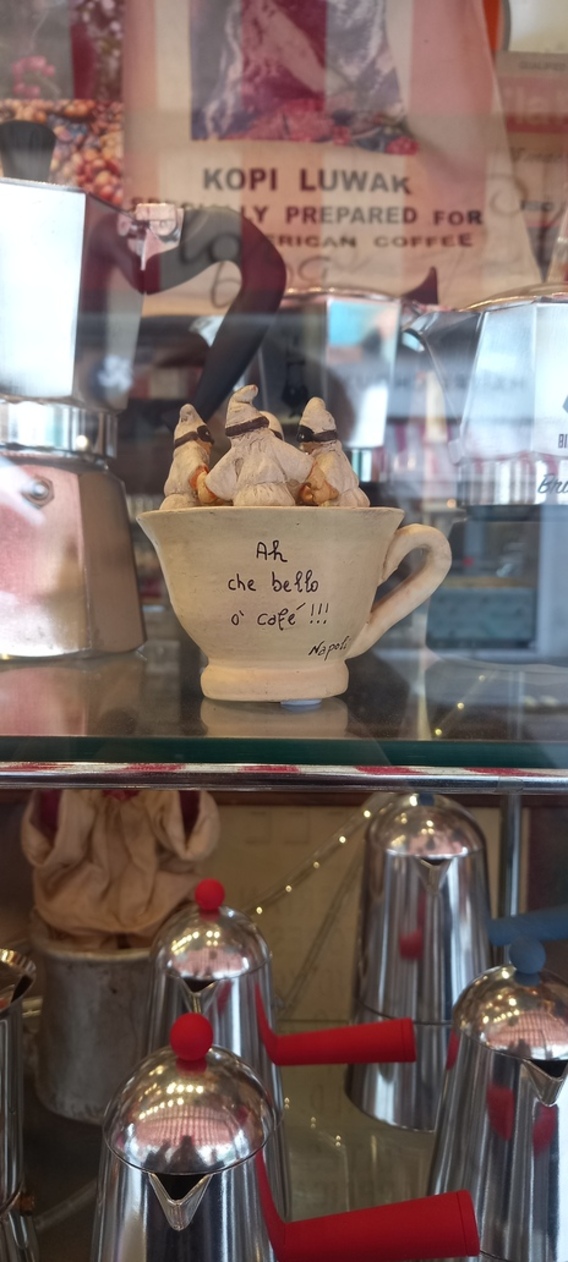
Often we think of Naples and London as polar opposites but you’d be surprised that they actually have something pretty big in common. Not the sun, not the sea, not the river but coffee, ‘o cafe’ as it is called in Neapolitan dilect, or maybe I should say language! Though I live in London, coffee will always be my favorite go-to in the cold months, as well as in the summer.
Alice:
It’s no surprise that my love for coffee began over 20 years ago in Naples, almost exactly at this time of year. The weather was rainy, gray and cold – though nothing rivaling a UK January. It’s no surprise that my love for coffee began in Naples. About 20 years ago, while spending a month in the city researching Eduardo De Filippo, the famed Neapolitan playwright, I learned more than I’d anticipated about the culture of coffee that permeated the city (as well as the plays of Eduardo). I’d meet a director or interview an actor and inevitably they’d offer to buy me a coffee. I’d go to change my Travelers checks at the bank and the teller would offer me some of the coffee he’d just been delivered from the bar. It took me a while to see how Naples and coffee were intrinsically linked – the gesture of hospitality that we associate with Naples along with the everyday, perfect ritual of standing up at the bar, chatting with the barman and the strangers next to you for a few minutes while you start that day. It might have taken me even longer to get used to the ease with which people would offer to buy each other coffee. Now that I am mainly based in London, it’s a beautiful thing that I miss because it wasn’t particularly tied to how well you knew a person. Just a moment, a gesture of belonging.
With Naplesfabulous, we do a lot of food tours about coffee in both cities, Naples and London, and never tired of finding new spots or uncovering fresh stories about this ubiquitous drink, that we always like to combine with delicious pastries, historical and daily-life episodes about these two metropolises.
Spending so much time in both places, it is fascinating to notice the similarities and differences each city has in its relationship – both actual and historical – it has to this everyday drink. We cannot help but connect Napoli with London and search for ways to incorporate Naples into our tours here as well as a little London in our tours over there. In fact, to understand Neapolitan culture, you must get to know its relationship with coffee. Equally, in order to understand London as an economic power, you need to be familiar with the role coffee played in trade, banking, and insurance.
The best place to start in order to do that, is to head first to the City in the heart of the most ancient London (Londinium), at the Jamaica Wine House, site of what is believed to be the first coffee house in London and perhaps England. We’ll wander around the alleys around the Royal Exchange where coffee houses like Jonathan’s, Lloyd’s, and Garraway’s used to be, head to the Bank of England while we learn how the existence of these coffee houses were intrinsic to how politics, law, banks, insurance, commerce, the postal system and newspapers were shaped.

We’ll discuss how coffee came to England, why the coffee house culture here was strikingly different in comparison to other European countries and how these spaces laid the foundation for establishing hotspots where major global players could meet, receive post, participate in auctions and decide how they were going to invest their rapidly growing wealth. As we travel along the storied streets of the Golden Mile, we will visit the lost legacy of former coffee houses scattered around the City as well as contrast the coffee houses with historic pubs which were also important in London’s role as a superpower. We may have to stop for a chocolate break along the way, not only to taste some of London’s best but to also discuss how chocolate emerged in London at the same time as coffee and how it had a much different history and influence on London’s elite.

As we wind around the city streets, we will focus on the new and old coffee traditions that can be found in London. To understand how coffee made its way back to London after tea took its place as the number one hot beverage, we’ll need to go to Soho which was once an area known for its high population of immigrants who, unlike typical English folks, were used to drinking coffee. The neighborhood was primarily Greek, Italian and French and you can still see evidence of this in some of its shops and restaurants (Maison Bertaux, Bar Remo, The Life Goddess). This last part of the tour will include a visit to one of London’s newest and most trendy cafes where coffee pouring is art and you can choose your roast from an array of different countries. We must go to Bar Italia for London’s best cannoli and to see the first Italian Gaggia coffee machine in England which is still in use (and chat about the Swinging Sixties and Bar Italia’s connection with the iconic jazz club across the street, Ronnie Scotts). After that cannoli, we’ll turn the corner to visit the iconic Algerian Coffee Stores from 1887 which has more coffee and tea than Fortnum and Mason in about 35 sqm.

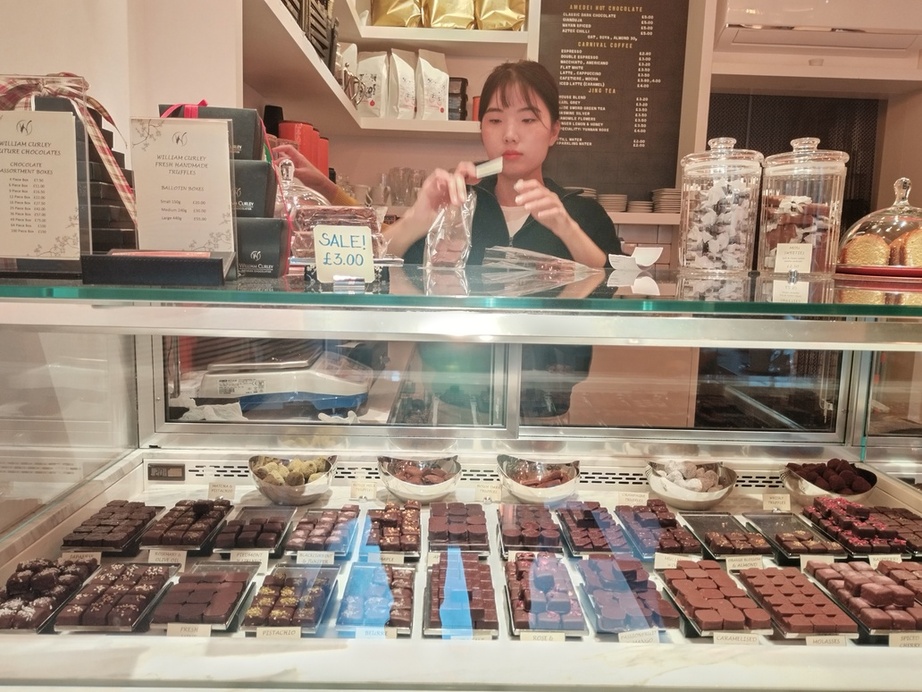
We might even get a chance to visit William Curley for some of the best chocolate as we head to end the tour at the Old Coffee House pub (one of the few remaining coffee houses turned pubs) for a pint because after all that walking and coffee sampling from places around the world, you can try yet another beverage at one of the most homely and quintessential icons of UK culture, the corner pub.



